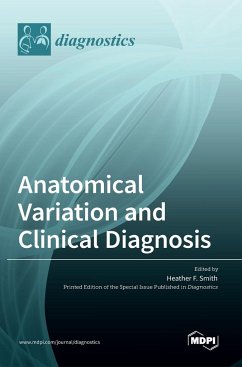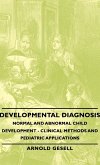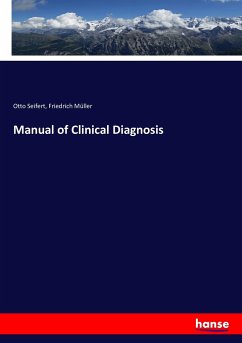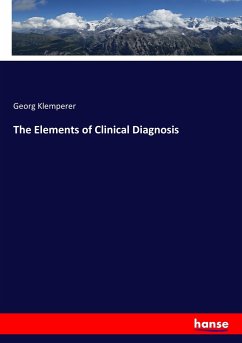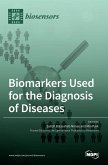In the anatomical sciences, it has long been recognized that the human body displays a range of morphological patterns and arrangements, often termed "anatomical variation". Variations are relatively common throughout the body and may cause or contribute to significant medical conditions. An understanding of normal anatomical variation is vital for performing a broad range of surgical and other medical procedures and treatment modalities. However, despite their importance to effective diagnosis and treatment, such variations are often overlooked in medical school curricula and clinical practice. Recent advances in imaging techniques and a renewed interest in variation in dissection-based gross anatomy laboratories have facilitated the identification of many such variants. The aim of this Special Issue of Diagnostics is to highlight previously under-recognized anatomical variations and to discuss them in a clinical context. In particular, this Special Issue focuses on variants that have specific implications for diagnosis and treatment and explores their potential consequences. The scope of this Special Issue includes studies on gross anatomy, radiology, surgical anatomy, histology, and neuroanatomy.

